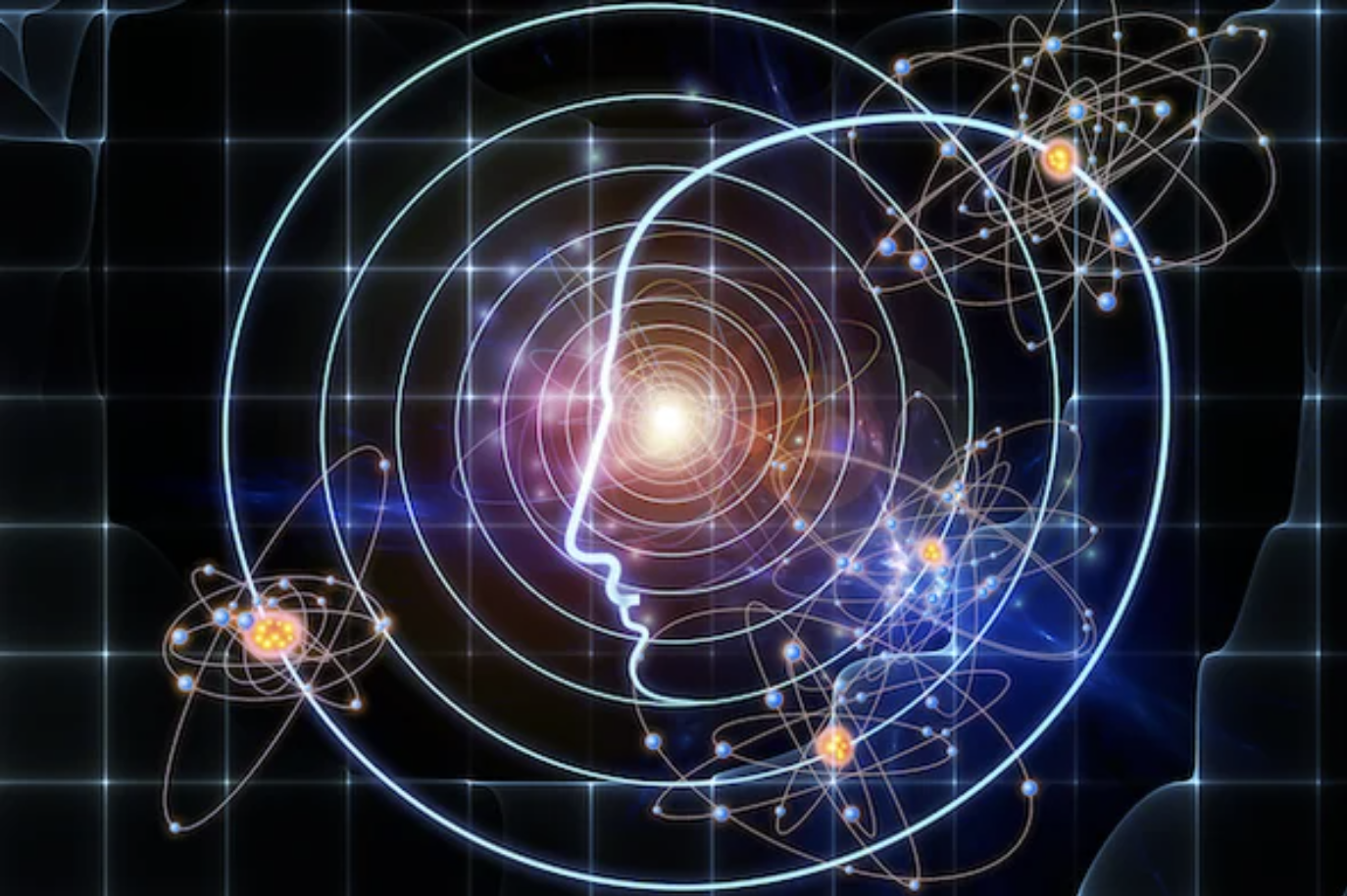Physics: Phun or Phrustrating?
12 Oct. 2021

Credit: Getty Images
In the 2017-18 academic year, around 480,000 undergraduates enrolled in introductory courses for physics, only 4% of which continued to become physics majors, the American Institute of Physics reports.
From universities to high schools, the tendency to drop out of physics as soon as possible has dominated the mindset of students across the nation — even at our very own BASIS Scottsdale. It’s almost a tradition for BASIS students to put off taking the required physics course until their junior year and never think of it again. But why exactly does this phenomenon occur? Is it because people believe physics is too difficult? Too boring? Too abstract? As it turns out, the reason may be rooted in the fundamentals of how we individually perceive the world.
“I think the reason that most people try to avoid taking physics is not really because they dislike it but mostly because they might not totally understand it,” Daryl D. (11) realized as she reflected on her experience taking AP Physics 1, 2, and now C. Ms. Proctor, who teaches several courses in physics and computer science at BASIS, finds that the most significant challenge in fully comprehending physics stems from the fact that it uses math. Yet understanding the math behind physics isn’t what “actually scares [students] off,” she observes. Rather, it’s “taking a real world [event] and being able to connect it in your mind to math…that’s a lot harder than just doing math.”
Viewing the world through a mathematical lens can at times contradict what we would expect to be true, leading some to find it difficult or impractical to learn physics. The hypothetical situations students are required to solve, for example, can often be unrealistic or even misleading, especially when many “tell you to just neglect air resistance or friction, but that’s…almost never what actually happens in real life,” Catherine J. (11) noted. Indeed, physics can be frustrating since it requires students to forget what they know about the way the world works and start from scratch. But because they know that factors like friction and air resistance exist, they grip onto their beliefs and keep their sometimes bad habits of thinking, causing physics to seem obscure and daunting.
When comparing physics to other sciences, Nikki K. (11) mentioned how “physics is not as straightforward as chemistry and biology…because you can’t just memorize facts but have to have a really strong conceptual understanding of things like energy, forces, and projectiles.” This is why Ms. Proctor “love[s] using demos” to showcase any concept or, when she can’t be in person with students, simulations to emulate topics such as the behavior of particles. This method helps her “start at what [each student’s] experience is with the topic and then try to pull the physics out of it,” which has notably improved students’ ability to grasp and stay engaged with what they are learning.
Teaching physics like this, where it is presented in an accessible, relatable manner rather than as a collection of dry, complex equations, can help students build a fundamental understanding of how the world works. It is an easier way for students to transition from their beliefs to ones that align with those of physics, setting them up well to tackle problems that seem counterintuitive. Perhaps, if physics were taught this way, the trend of graduating physics majors would increase at the university level. Because, truly, it’s the frustrating aspects of physics that make it fun.
